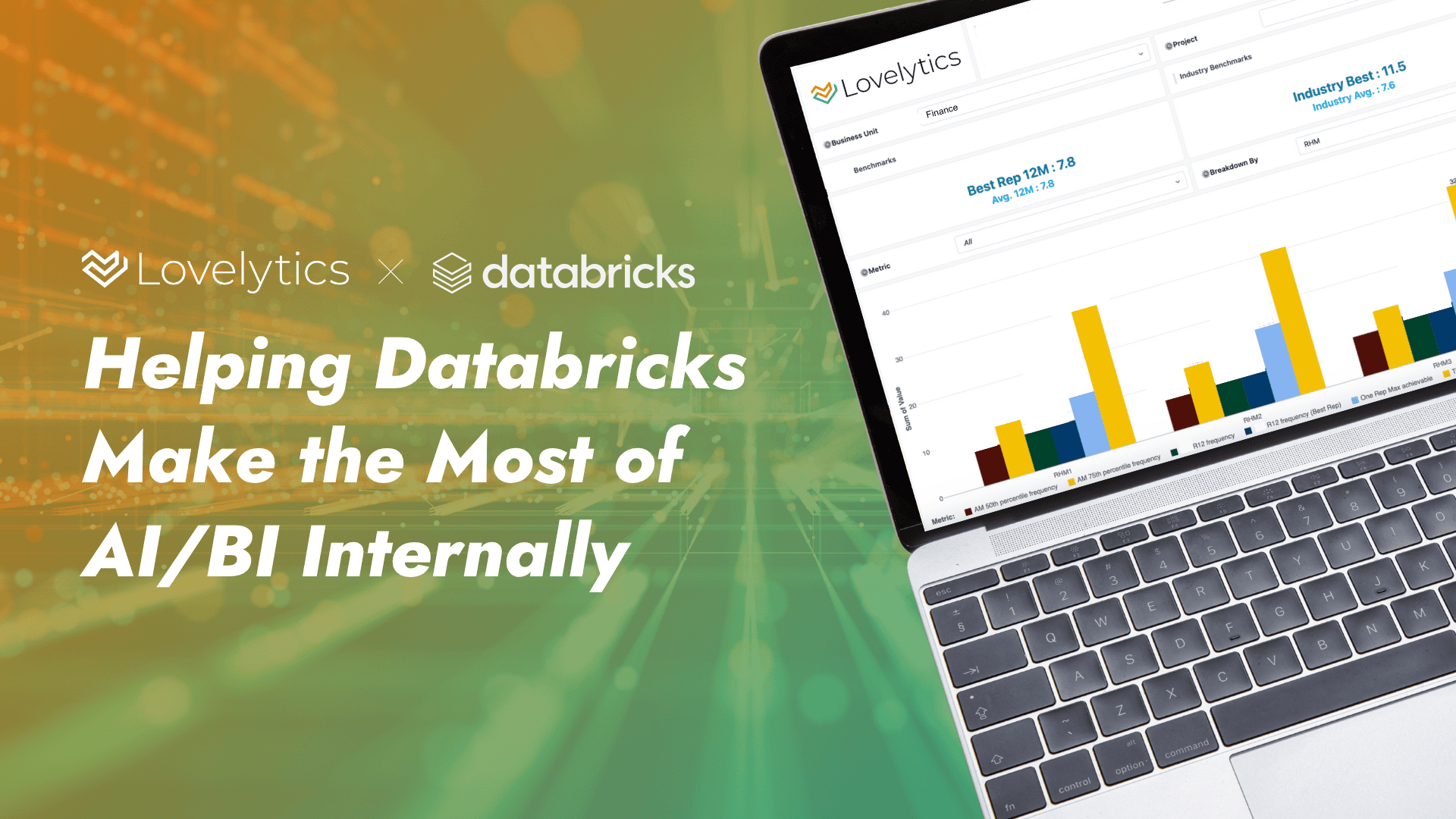Supply chains operate within a complex web of global dependencies, making them highly vulnerable to unexpected disruptions, commonly known as Black Swan events. These rare, unpredictable occurrences such as pandemics, geopolitical crises and economic shocks can create severe supply chain bottlenecks, which in most cases results in price fluctuations. Handling this level of uncertainty is a real challenge for traditional supply chain planning models. Current global supply chain situations related to tariffs and trade restrictions emphasize the need for resilient strategies to mitigate such risks.
Although by definition Black Swan events are unpredictable, there are still data-driven approaches that can alleviate their consequences and help businesses to navigate through turbulence. The following sections will highlight a few short term and long term solutions to improve supply chain resiliency.
Leveraging Price Elasticity for Forecast Adjustments
One of the most immediate impacts of a Black Swan event is price volatility—a factor often overlooked in traditional forecasting. By understanding price elasticity, businesses can dynamically adjust their demand forecasts based on how customers respond to price changes. Integrating price elasticity models into forecasting allows companies to anticipate demand shifts and purchasing behaviors, making supply chain adjustments more agile and responsive to sudden disruptions.
Data-driven Approach to Demand Adjustment after Sudden Disruption
Enhancing Forecast Accuracy with Price and Promotion Data
Traditional demand forecasting models often fail to incorporate external pricing and promotional influences, leading to inaccuracies during market turbulence. By integrating price sensitivity and promotional strategies into predictive models, businesses can generate more precise demand forecasts that reflect real-world consumer behavior. This approach allows supply chains to allocate resources more efficiently and minimize the risks of overstocking or shortages.
Risk Mitigation Through Scenario Planning and Simulation
To prepare for future uncertainties, organizations must move beyond static forecasting and embrace scenario planning and simulation techniques. By modeling various “what-if” scenarios, businesses can evaluate potential changes in supply and demand and develop contingency plans before disruptions occur. Simulation-driven insights help optimize inventory management and procurement strategies, ensuring greater adaptability during crises
Contingency Planning via Demand Simulation
Procurement Diversification via Supplier Recommendation Engine
Relying on a single supplier or region for critical components can amplify risk during Black Swan events. A data-driven supplier diversification strategy can mitigate disruptions by recommending alternative vendors/routes based on key criteria like geographic location, pricing, lead time and historical performance. These recommendation engines can assess supply chain constraints and lay out optimal strategies to maintain operational stability while contributing to cost reduction and compliance goals.
Global Supply Chain Diversification
At Lovelytics, we specialize in data-driven supply chain solutions that help businesses navigate uncertainty with confidence. Our expertise in price elasticity modeling, advanced forecasting and scenario planning empowers organizations to build resilient and adaptive supply chains. Whether dealing with tariff shifts, demand shocks or logistical bottlenecks, our solutions ensure you stay ahead of disruptions and maintain operational efficiency.
Want to future-proof your supply chain? Let’s talk!












